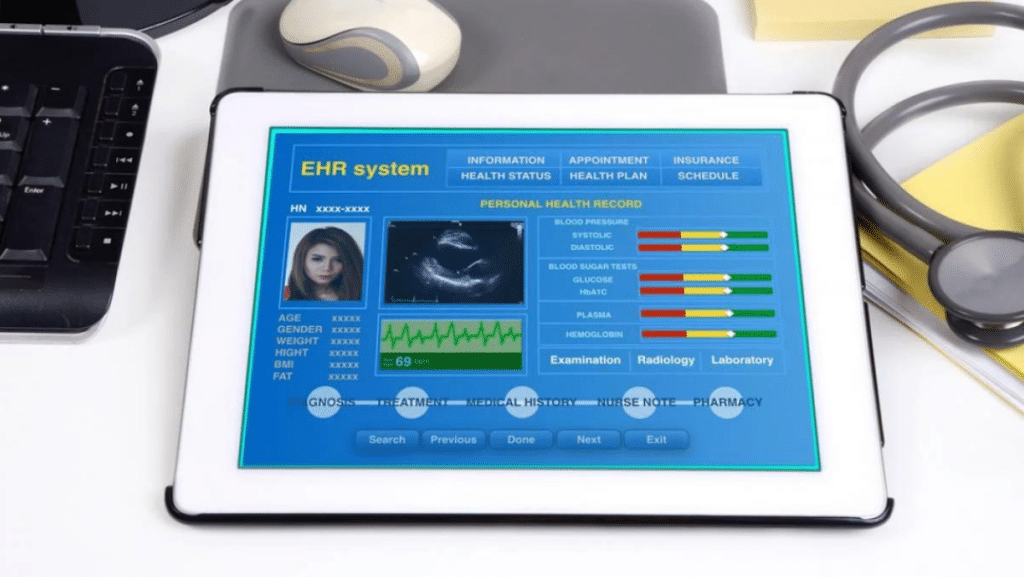In our time, digital technologies surround us everywhere. We encounter them literally in every sphere of activity. Even paper medical records have almost completely been replaced by electronic counterparts. After all, storing data in an EHR system is much more convenient than in a paper filing system. Let’s now talk in more detail about this system and how to create ehr software.
What is an EHR system?
The Electronic Health Record (EHR) system is a specialized computer program designed for collecting patient data and storing it in the form of medical records.
Only doctors treating the patient have access to such records. Typically, an electronic medical record consists of personal information, as well as sections with the patient’s medical and insurance data. Its main sections include:
- Medical examination data
- Results of additional examinations
- Courses of treatment completed
- conclusions of the doctors
Development of an EHR system

When choosing between installing a ready-made EHR system or developing a new program, it is better to opt for the latter. It costs you more, but you will be able to order software that is perfectly tailored to your clinic’s needs.
The development process itself is quite complex and includes the following stages:
- Requirements analysis. The first step is to identify the key requirements for your hospital’s application. To do this, survey all staff members and inquire about their needs. Based on the information gathered, determine the main functions that the application should have to facilitate the clinic’s operations.
- Searching for a developer. Look for an experienced company specializing in the development of such programs with a good reputation. Pay attention to important factors such as: the developers’ understanding of healthcare rules and standards related to the development of such software; the technical skills of team members and their ability to work with tools necessary for creating electronic medical record systems; and reviews from the developer’s previous clients.
- Preparing software requirements. Next, it is essential to finalize the requirements for the EHR system: its functions, data flow, integration points, and user roles. It is important to consider medical standards and requirements for such programs during this process.
- Creating UX/UI design. Initially, designers have a discussion with you to gather all the preferences of clinic staff, analyze them, then create the design and test it on various devices.
- Development and integration. Next, developers create the functionality of the EHR system. This process is divided into sprints (short time intervals) during which a specific part of the functionality is created. Each function is carefully checked for perfection. If there is an error somewhere, it is corrected. Then, the finished software is integrated with other medical programs (for example, with laboratory information systems or patient portals).
- Deployment and support of the system. The EHR system is installed and configured on servers and workstations. Then, developers transfer all data from previous systems and set up data exchange with other necessary systems. Extensive testing is conducted to identify and resolve any potential issues. Then, the system is ready for operation. It only remains to occasionally update it and provide technical support in case of any problems.
The cost of developing such a program depends on various factors (complexity of functionality, scalability, etc.), so only the developer can provide you with an exact amount.
